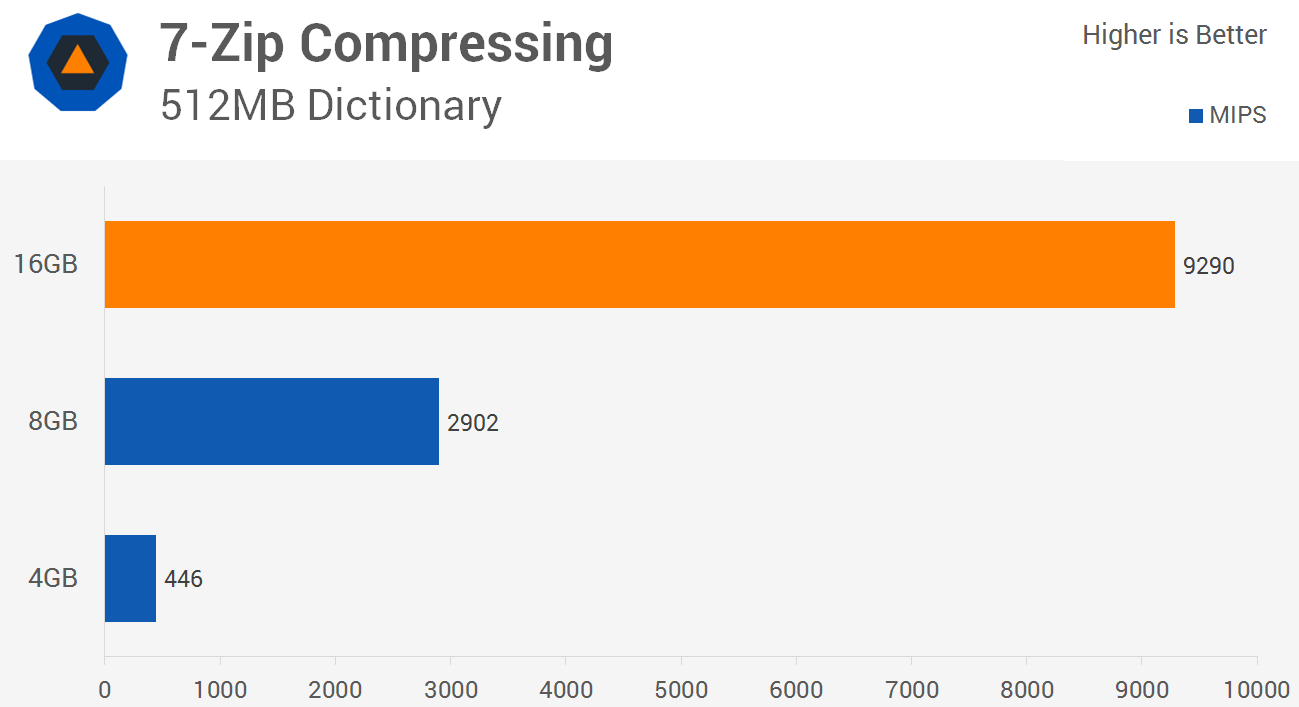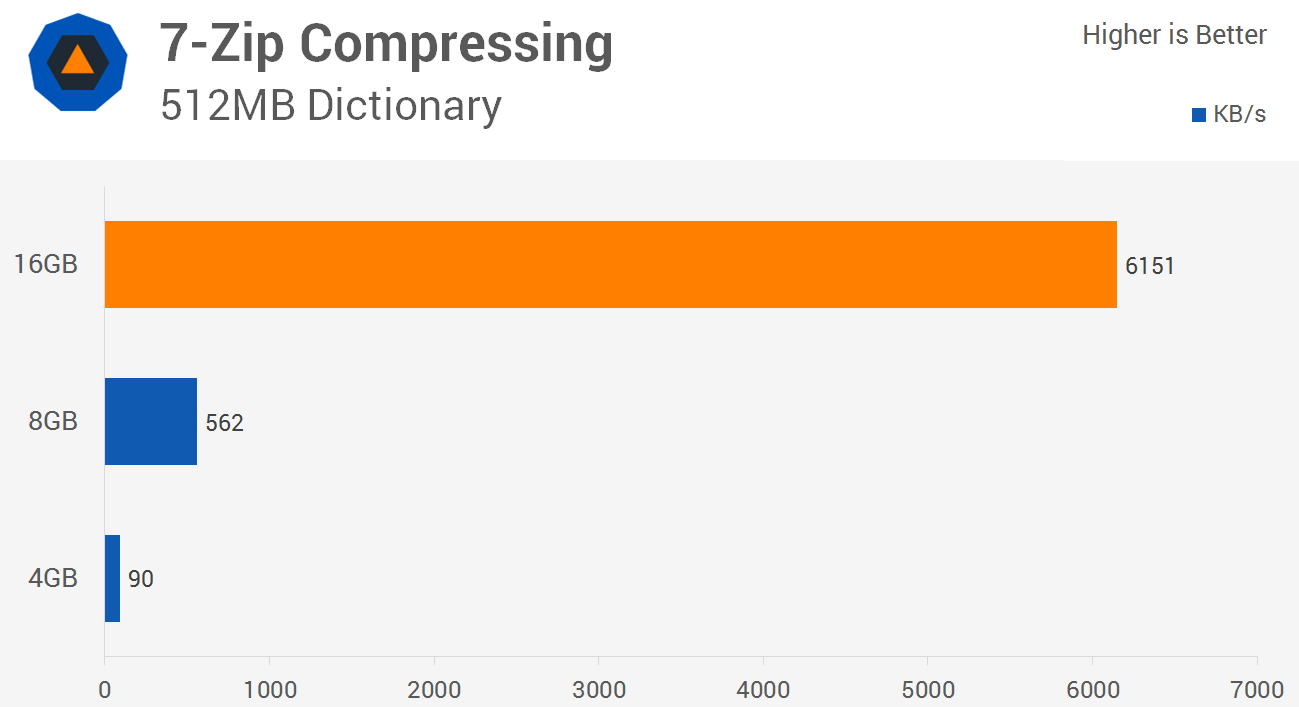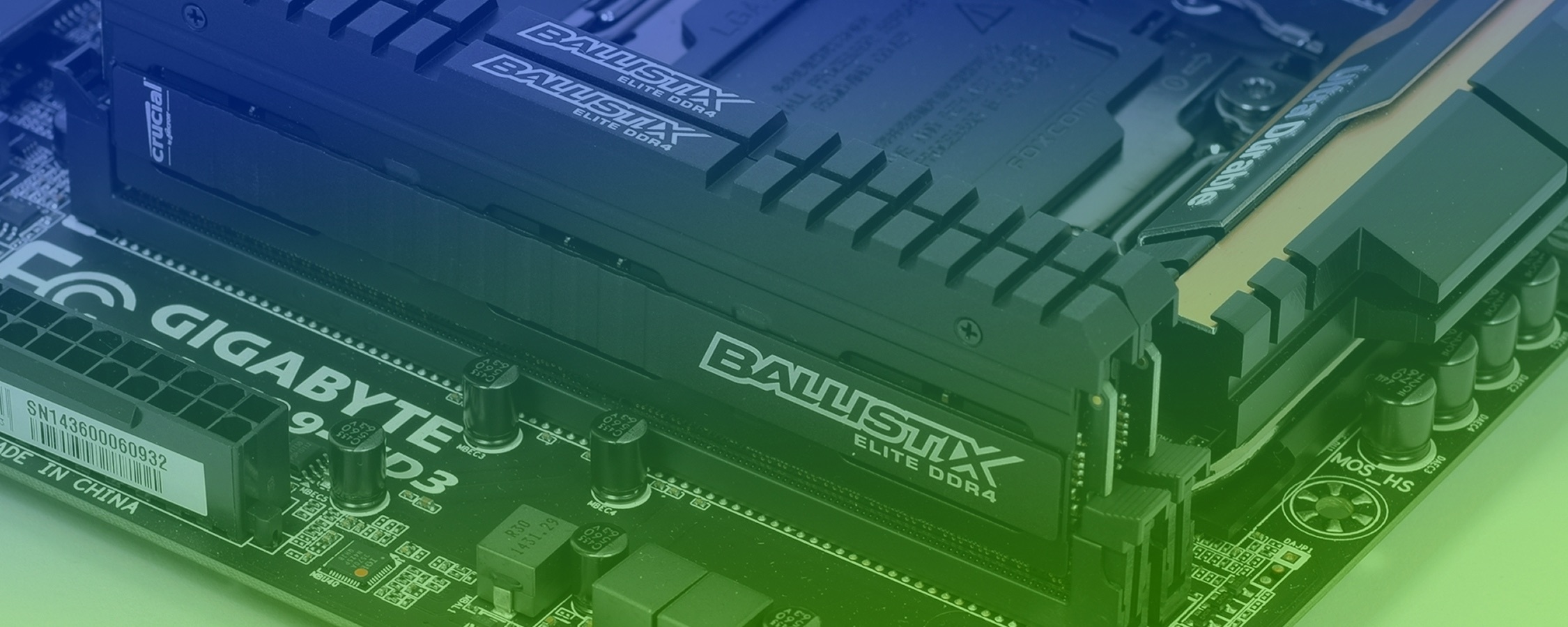Editor's Note: An update to this article has been posted here.
Intel Skylake processors will be about 18 months old when they are replaced early next year with 'Kaby Lake' parts. AMD is also expected to finally unleash their Zen CPU, and with that we expect many of you will be looking into these new platforms for possible upgrades.
Although memory prices remain competitive (read: cheap), there's been a slight surge in pricing during the past few months. For the most part DDR4 memory is now cheaper than older DDR3, with 8GB DDR3-2400 kits starting at just $60 – less than many of you would spend on a lump of aluminum for your CPU – you probably won't think twice about spending $110 to secure a 16GB kit. Faster 3000MHz DDR4 memory starts at ~$55 for 8GB and $95 if you want 16GB.
But regardless if you opt for Kaby Lake or Zen, or go for last season's range of processors, you'll likely be asking yourself: "Should I get 8GB or 16GB of RAM?"
Note: This feature was originally published on 08/18/2015. We have revised it and bumped it because it's as relevant today as it was before. Part of our #ThrowbackThursday initiative.
If you're building a Core i7 system with a high-end GPU and a speedy SSD, a 16GB memory kit is going to be one of the smaller purchases. However, if you're making an effort to get the most bang for your buck by opting for parts such as a Core i3 processor and perhaps a GTX 1050, then you'll really want to know if that extra 8GB of memory is actually going to benefit you.
If you're building a Core i7 system with a high-end GPU and a speedy SSD, a 16GB memory kit is going to be one of the smaller purchases.
Keep in mind there is little point in "future-proofing" your system with extra memory now as adding more down the track is always a more economical option, provided you have the empty DIMM slots.
The last time I really bothered to compare memory capacities was in 2007 when DDR2 was all the rage. At the time I looked at 2GB vs 4GB performance in games and I found almost no advantage to using 4GB of memory.
Today's modern games and many productivity applications can consume upwards of 4GB, so there's little argument for not going with 8GB. However, the need for 16GB of memory remains a hotly debated subject, so today we are going see if and where this much memory might be useful for desktop users.
Test System Specs
|
Skylake Desktop PC
|
Application Performance
After spending a few hours going through several popular applications and workloads, it was difficult to find any commonly used program that required 4GB or more system memory on its own.
Case in point, while working on a Windows 10 desktop machine, with a couple of web browsers open and over a dozen tabs between the two, Postbox email client, Adobe Photoshop, Microsoft Word and Excel, a couple of IM clients, Sublime Text, an SFTP application, Plex Server, Dropbox, OneDrive, Malwarebytes, and other system tools running in the background and multi-tasking between programs, RAM usage would max out at around 70%.
Once you have 'enough' memory for all your applications to run, having more memory won't increase performance any further.
Once you have 'enough' memory for all your applications to run, having more memory won't increase performance any further. And in this case, what that means is that for regular desktop work, you'll be hard pressed to find any tangible performance difference between 8GB and 16GB of system memory.
Among the programs that we tested, Adobe Premier CC proved to be very demanding as showcased below:

Our custom workload features a 17 minute video made up of dozens of small clips, images and audio tracks. To maximize system memory usage we turned the bitrate right down and this saw a total system memory usage of 12GB when encoding.
With 16GB of memory installed the workload took 290 seconds. Surprisingly, with just 8GB of RAM the encoding time wasn't greatly impacted, now taking 300 seconds. It wasn't until we reduced the system memory to just 4GB that we saw a massive drop in performance, 38% slower than the 8GB configuration to be exact.
Moving on to 7-Zip... by default we normally benchmark using a 32MB dictionary, which is generally enough to represent true compression performance. That said, if you are compressing a number of files that measure in the gigabytes then a much higher dictionary size would be preferred. Larger dictionaries often make the process slower and require more system memory but result in a smaller file (better compression).
When testing with a 32MB dictionary our Skylake Core i7-6700K processor is good for 25120 MIPS and this test only requires around 1.7GB of available system memory. Doubling the dictionary size to 64MB requires 3.1GB and 128MB requires 6.1GB.
For our test we went with a 512MB dictionary size which overwhelmed the system memory as it requires 24GB of available system memory, the system then has to rely on the Windows Pagefile to pick up the slack. The more data that needs to be loaded onto the SSD the slower the system becomes.

With 16GB of RAM the system is still able to produce 9290 MIPS where the 8GB configuration is over 3x slower.

Looking at the kilobytes per second data we see that the 8GB configuration is 11x slower than the 16GB configuration.
While having 16GB of memory is a real advantage here, we had to create an extreme and unlikely scenario. Those looking at compressing with such a large dictionary would likely realize the need for more system memory and go with 32GB of RAM.

